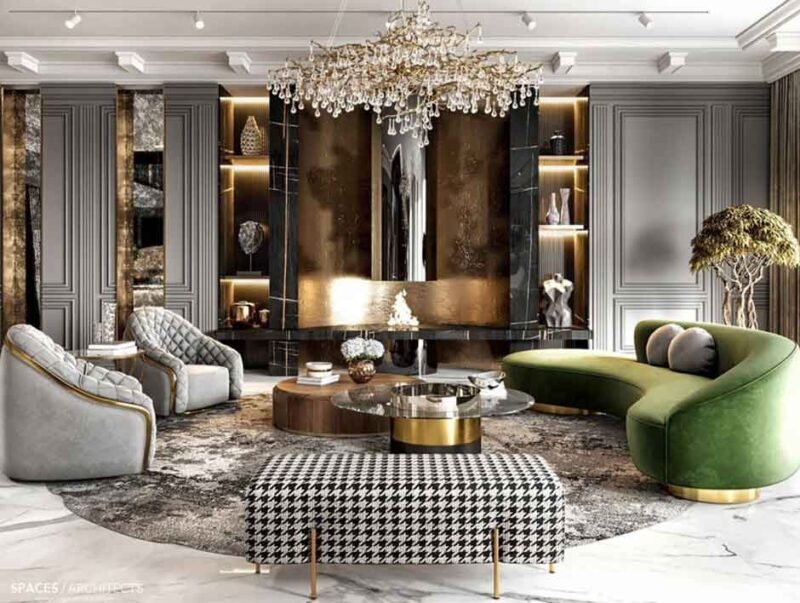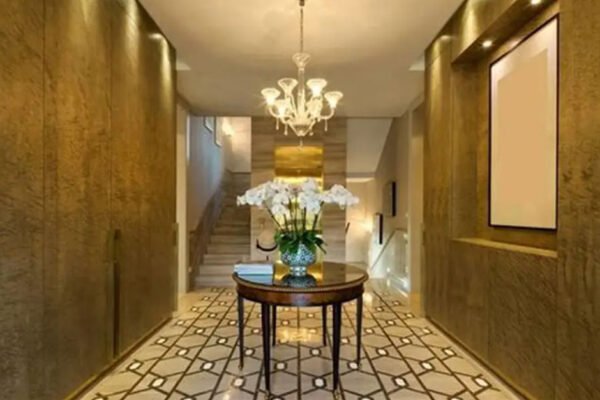
Mixing old and new is one of the most rewarding approaches to interior design. Classic furniture brings character and craftsmanship to sleek, contemporary spaces, creating a home that feels layered, personal, and enduring. For beginners, however, it can be challenging to know where to start. Here’s a guide to help you introduce timeless pieces into modern interiors with confidence.
What Exactly Makes Classic Furniture So Appealing?
Classic or antique pieces often feature exceptional craftsmanship, high-quality materials, and distinctive silhouettes that stand out against today’s mass-produced furnishings. These elements bring warmth and texture to minimalist spaces, while their history adds a sense of story and permanence.
1.Start with a Statement Piece
If you’re new to mixing styles, begin with a single standout item. A vintage sideboard, a carved wooden table, or an antique Bergere chair can instantly elevate a modern living room or bedroom. Choosing one hero piece allows you to build the room’s design around it without overwhelming the space.
2.Balance Proportions and Scale
When combining eras, pay attention to size and proportion. A heavy Victorian wardrobe might dominate a small apartment, while a delicate antique chair can get lost in a large, open-plan room. Aim for visual balance: pair a substantial antique dining table with sleek, lightweight contemporary chairs, or place a sculptural modern lamp beside a classic chest of drawers.
3.Use Color and Materials to Create Harmony
A consistent color palette ties different styles together. Refinish or reupholster classic furniture in fabrics that echo the tones of your modern décor. Materials can bridge the gap too: a marble-topped antique console pairs beautifully with modern brass accents, while a traditional wooden chair can be updated with neutral linen upholstery.
4.Highlight, Don’t Hide, the Details
Part of the charm of classic furniture lies in its details, such as intricate carvings, graceful curves, or patinated surfaces. Position these pieces where they can be admired, and use modern lighting to draw attention to their craftsmanship. A spotlight over a gilded mirror or a pendant lamp above a vintage dining table turns these items into focal points.
5.Mix Styles with Confidence
Successful interiors celebrate contrast. Pair a mid-century sofa with a Georgian side table, or set a sleek glass coffee table atop a Persian rug. The key is repetition: echo the shape, material, or color of your classic piece elsewhere in the room to create cohesion.
6.Invest in Quality
When buying antiques, look for sturdy construction and timeless design rather than chasing trends. High-quality classic furniture will last for decades and often appreciates in value, making it both a design choice and a smart investment.
Bringing It All Together
Blending classic and modern design is about creating dialogue between past and present. By starting small, balancing scale, and focusing on quality, you can incorporate timeless furniture into your home in a way that feels natural and uniquely yours. Whether it’s a single chair or a treasured cabinet, an antique piece adds character and depth, transforming a modern interior into a space with true personality.









